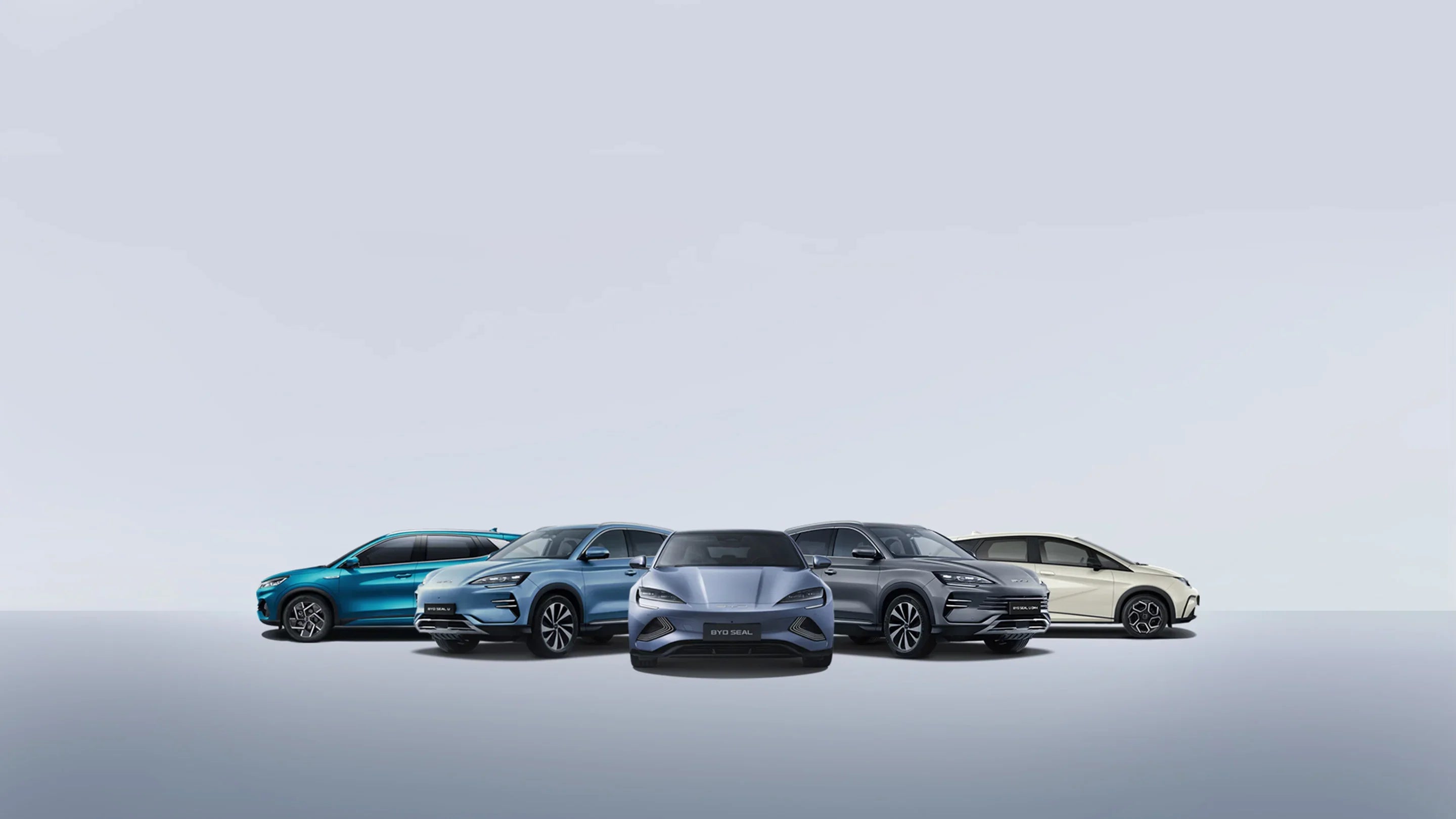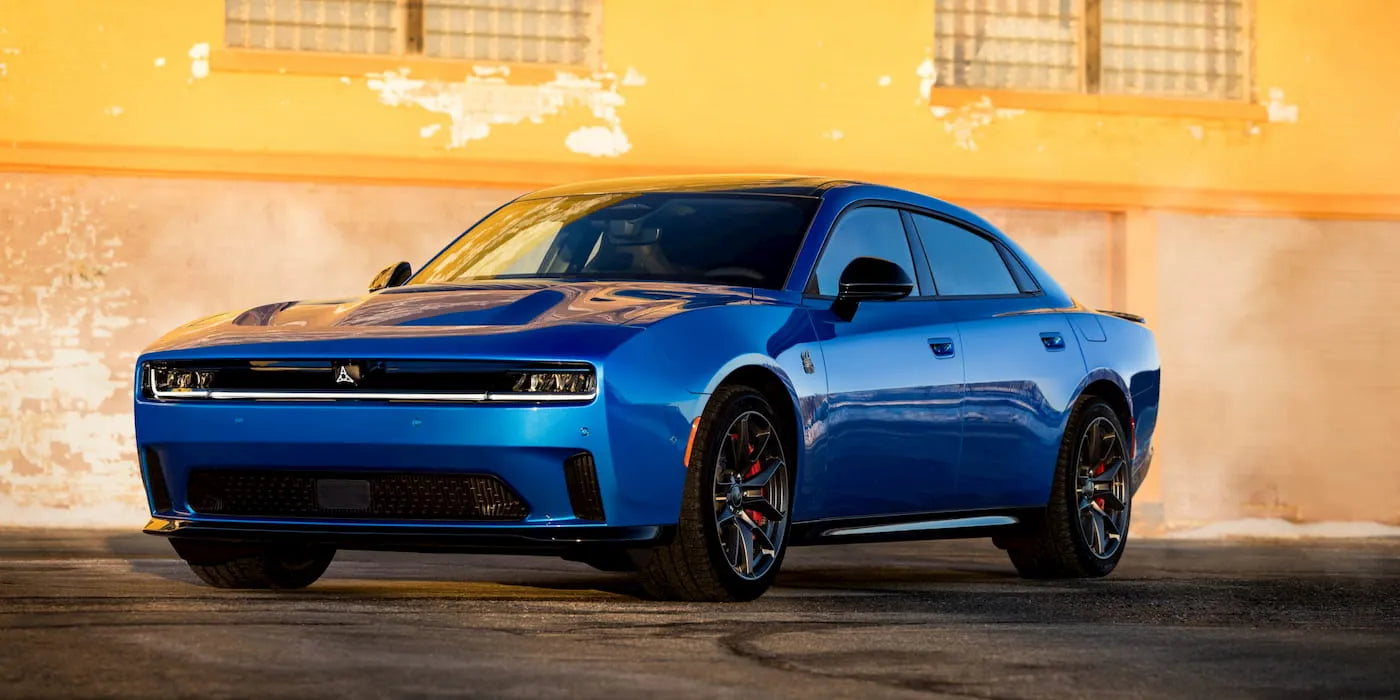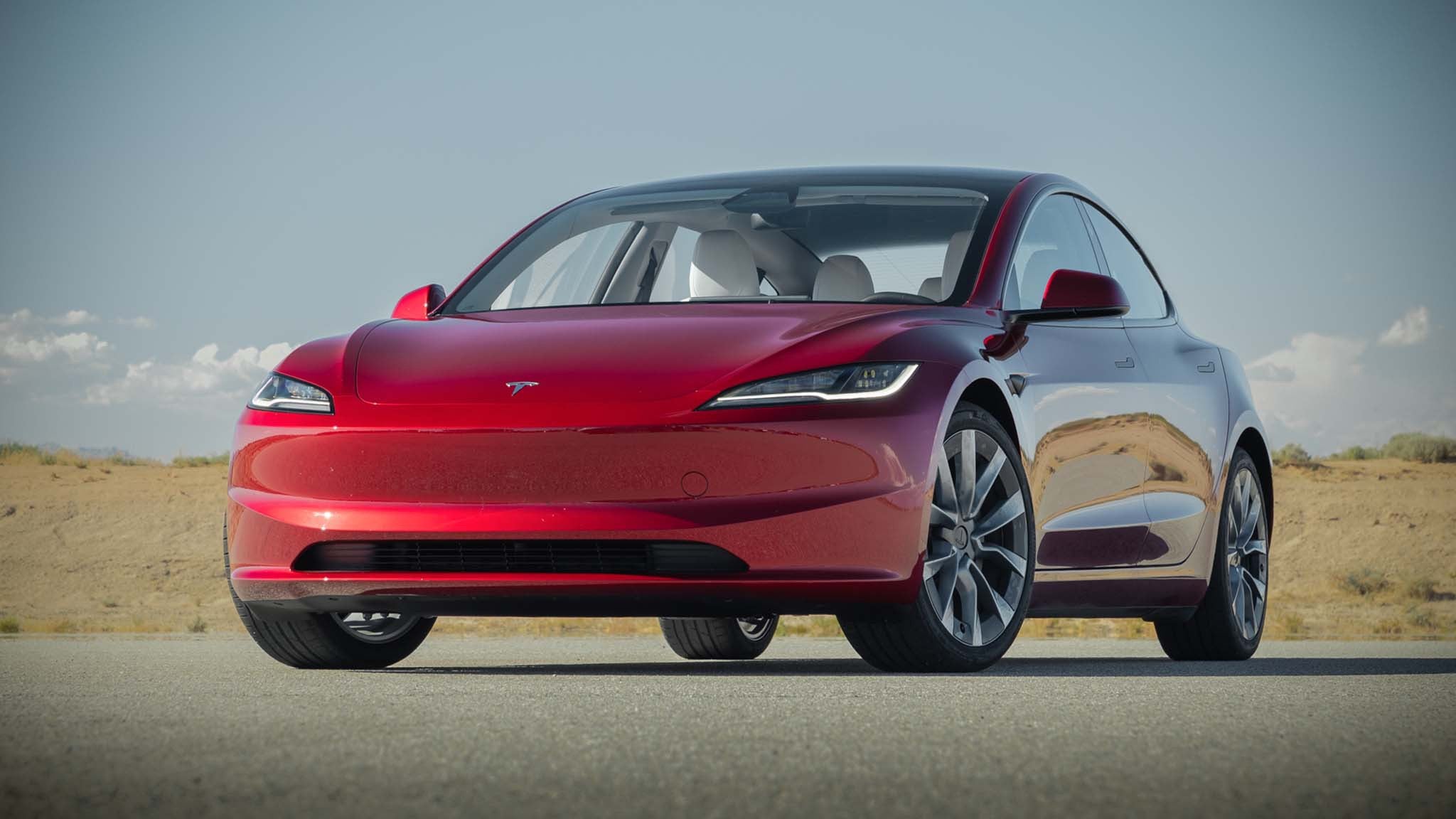Introduction: A New Global Ambition
China’s electric-vehicle market has become intensely competitive, with price cuts and nonstop model launches squeezing even the strongest brands. Yet BYD, China’s largest EV maker, is increasingly redirecting its energy toward a different stage: Europe, one of the world’s most influential and tightly regulated automotive markets.
Its strategy abroad is bold, fast-moving and increasingly effective. Here is a closer look at how BYD is building its European presence—and how this shift intersects with major decisions from Tesla and warnings from German policymakers.

BYD’s Rapid Push to Build a European Sales Network
Aiming for 1,000 Points of Sale—and Then Doubling
If BYD wants to show it is serious about Europe, the numbers speak for themselves. The company expects to reach 1,000 European points of sale by the end of this year, a milestone that would have been unimaginable just two years ago.
But BYD is not stopping there. According to regional leadership, the automaker plans to double that number by the end of 2025, matching the distribution footprint of long-established European competitors.
Maria Grazia Davino, BYD’s managing director for Europe, emphasized the need for proximity: building local relationships, visible showrooms and accessible service networks. This approach mirrors how major global automakers build trust in new markets—by being physically present.
And the sales momentum reflects that strategy. BYD sold 120,000 vehicles in Europe during Q3, a nearly 400% year-over-year increase. While the volume remains smaller than long-established brands, the trajectory is unmistakable: BYD is no longer a fringe newcomer; it is scaling at remarkable speed.
Localization: The Backbone of BYD’s European Strategy
Three Potential Factories Mark a Long-Term Commitment
BYD’s localization plan goes far beyond sales points. The company is already constructing its first factory in Hungary. A second plant has been announced for Turkey, and a third—possibly in Spain—is under evaluation.
A single factory signals a test. Two marks a regional strategy. Three strongly suggest a long-term takeover plan.
This move helps BYD avoid the EU’s rising scrutiny of Chinese-made EVs and aligns with the bloc's incentives for local production. More importantly, it helps establish BYD as part of Europe’s industrial ecosystem rather than a low-cost importer.
The next step toward deeper integration is expanding dealerships, service capacity and supplier relationships. Localization turns BYD from a fast-moving outsider into a permanent European player.

Tesla’s Strategic Shift Away from Chinese Components
Suppliers Told to Drop China for U.S.-Bound Models
While BYD strengthens its foothold in Europe, Tesla is navigating a different challenge: growing uncertainty in U.S.-China trade relations.
According to recent reports, Tesla has instructed suppliers to eliminate Chinese-made parts for components destined for U.S. vehicles.
Executives have become frustrated with fluctuating tariffs, unpredictable trade policy announcements and sudden shifts in regulatory priorities. For automakers operating in the U.S., price stability matters enormously. Even small swings in tariff rates can disrupt investment decisions for years.
The company has already begun transitioning to North American sourcing, although China remains a central pillar in Tesla’s global production footprint. Shanghai once served as a highly efficient export hub, but output has recently slipped—falling more than 32% in September, including export volume.
The shift away from Chinese parts reflects a broader industry trend: building closer to home may cost more, but it also reduces geopolitical risk.

Germany’s Warning to Automakers Over China Exposure
“If It Goes Wrong, Don’t Come Back Asking for Help”
Few countries are more intertwined with China’s auto market than Germany. BMW, Mercedes-Benz and Volkswagen have collectively poured billions into Chinese manufacturing, research and joint ventures.
But the German government is increasingly concerned.
Chancellor Friedrich Merz recently warned companies that their deep China investments are high risk, especially in a market overcrowded with domestic competitors and heavily influenced by government policy. His message was direct: if their China strategy collapses, Berlin will not bail them out.
German firms, however, show little sign of pulling back. BMW is investing €3.8 billion into a Shenyang battery project. Mercedes now hosts major strategic events in Beijing. Volkswagen calls China its “second home market.”
Officials argue that Chinese regulators could abruptly limit access or shut off supply channels if relations deteriorate. To avoid this scenario, the government is urging automakers to “de-risk” and diversify. A national security council has been created to manage the issue.
Industry groups claim they are willing to reduce risk but insist that political support—such as incentives or regulatory flexibility—is necessary to make diversification viable.

The Larger Trend: A Worldwide Shift Away from China
If De-Coupling Accelerates, What Comes Next?
Between Tesla’s sourcing strategy, Germany’s warnings and ongoing trade tensions, the global auto industry is slowly reshaping itself.
For more than a decade, China served as a center for EV production, battery innovation and supply-chain scale. Now, many Western countries are reconsidering the cost of that dependence.
A genuine global shift away from China would have major implications:
-
Higher vehicle prices as production moves to regions with higher labor and energy costs
-
Slower product cycles due to reduced supply-chain efficiency
-
More regionalized auto markets, each shaped by its own tariff structures
-
Accelerated investment in domestic battery production
This transition could reshape global competitiveness. Brands that adapt quickly may benefit from insulation against political volatility. Those that remain deeply dependent on China could see greater risks—and potentially greater rewards—if the market stabilizes.
Conclusion: A Pivotal Moment for the Global EV Landscape
BYD’s rapid European expansion, Tesla’s sourcing shift and Germany’s call for de-risking are all signs of a transforming global automotive industry. BYD represents a new wave of competitive pressure in Europe, while Tesla and German brands face decisions about supply-chain security, political stability and long-term strategy.
The next decade will determine which companies thrive in a world where localization, resilience and strategic independence are just as important as technology and price. Europe is quickly becoming the proving ground where these pressures collide—and where BYD is moving faster than almost anyone expected.
Recommend Reading: Xpeng Expands Its EV Ambitions in Europe With Affordable Models and Bold Tech








Aktie:
Why Traditional Automakers Still Struggle With Tesla’s Integrated EV Model
How Xiaomi Achieved EV Profitability Faster Than Nearly Every Automaker